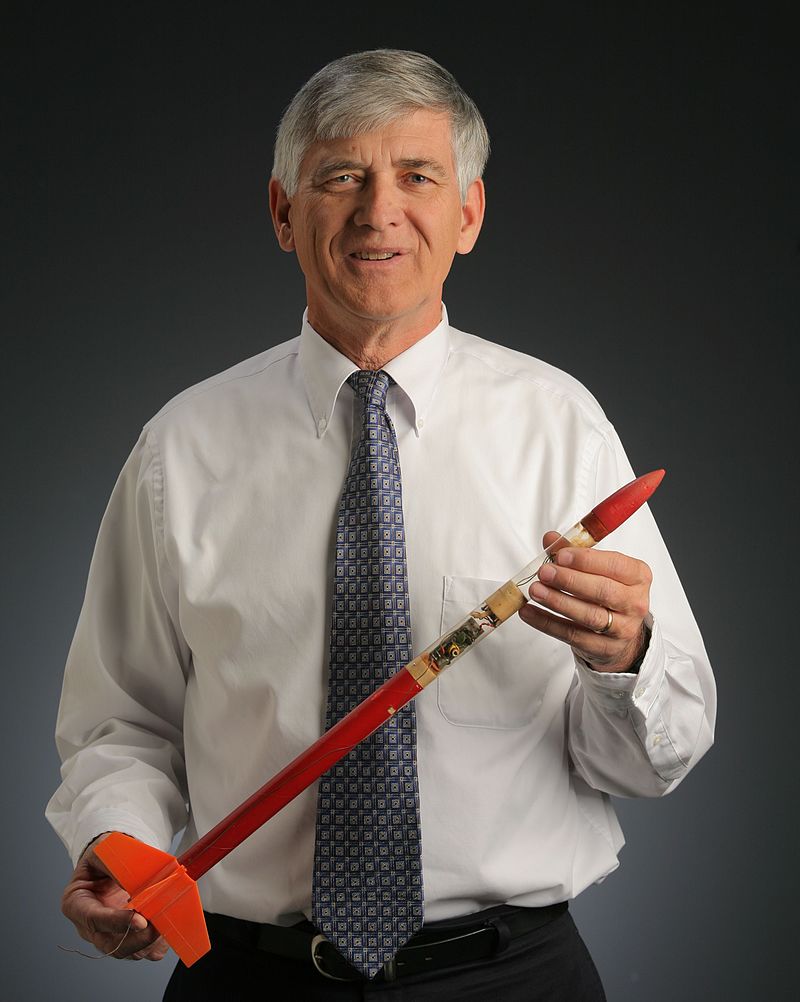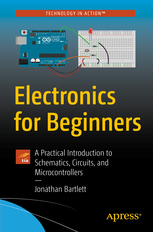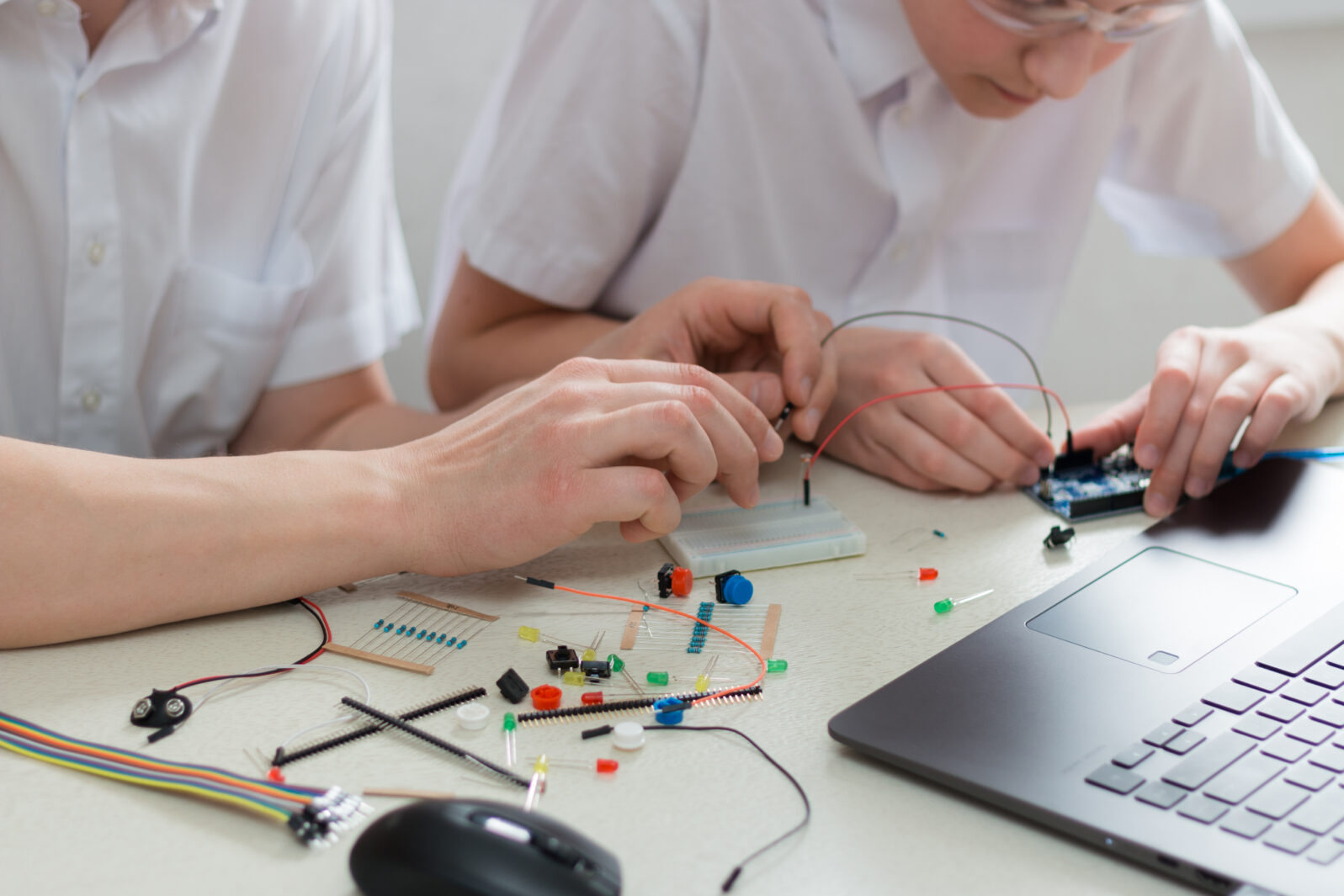New Electronics Book Honors Citizen Scientist Forrest Mims III
Jonathan Bartlett’s dedication reflects Mims’ immense influence on electronics enthusiasts—including himself, as a boy
Forrest M. Mims III (pictured) has been an icon for many decades to two hobbyist movements: hobbyist electronics and citizen science. Anyone who used to visit Radio Shack in its heyday has probably seen and/or benefited from more than one of Mims’ books.
Mims’ most prominent claim to fame was his series of Engineer’s Mini-Notebooks, small volumes that diagrammed circuits and their components and designs. Most hobbyists had a large collection of these notebooks and eventually they were collected into the book Getting Started in Electronics.
Mims has also been one of the most prominent “citizen scientists.” A citizen scientist engages in science without the backing of a degree or institution, for the love of discovery. Mims is famous for putting together ingenious measurement instruments to record data on scientific questions of interest. He is best known for his atmospheric measurement tools, including the Total Ozone Portable Spectrometer, to enable better gathering of atmospheric ozone data. His whole family has gotten in on the adventure, too, with his daughter Sarah devising a kite-based apparatus to measure the distribution of fungal spores from biomass fires.
He has also been important to the broader citizen scientist movement. He has published books and articles encouraging amateur scientific exploration and giving advice on how to do it. From 2003 to 2010 he edited the journal The Citizen Scientist. He then went on to write a column for Make magazine called “Country Scientist.” These columns were recently collected into the book Forrest Mims’ Science Experiments: DIY Projects from the pages of Make.

It is for these reasons and more that Bradley Center fellow Jonathan Bartlett dedicated his recently released electronics book to Mims. According to Bartlett, “Mims has been an icon in my life, even before I knew his name. I read everything of his in Radio Shack while growing up, and only later found out that this was the same person who pushed citizen science so far forward.”
The new book is titled Electronics for Beginners: A Practical Introduction to Schematics, Circuits, and Microcontrollers (2020), published by technology publisher Apress (a Springer Nature company).
Bartlett also says of his book, “This book was written to myself many years ago. What would I like to have taught myself as a budding electronics enthusiast? What would have been the best way to get myself started? I asked myself that question, and this book was the answer.” He added that electronics has a wider context today due to integration with computers and microcontrollers. His book includes both basic electronics and how to interface with “all of these amazing components we have at our disposal.”
Electronics for Beginners is divided into four parts:
➤ Part 1, “Basic Concepts,” covers the essentials of electronics and electronics components (breadboards, wires, power sources, regulators, resistors, diodes, etc.).
➤ Part 2, “Digital Electronics and Microcontrollers,” covers the basics for programming microcontrollers (single-chip computers) and interfacing them to electronic components.
➤ Part 3, “Capacitors and Inductors,” covers these components and their relationship to oscillating signals and AC currents.
➤ Finally, Part 4, “Amplification Circuits,” describes the types and operation of transistors and the different ways that they can be used to amplify signals.
Electronics for Beginners is available in both physical and e-book form from Apress, Amazon, Barnes & Noble, Powell’s Books, and many other outlets.
Note: The photo of Forrest Mims (2005) above is courtesy Mark Langford (CC BY-SA 4.0)
You may also enjoy: Part 3: Working with Docker: An Interactive Tutorial (with links to Parts 1 and 2). Jonathan Bartlett: Docker gives development teams more reliable, repeatable, and testable systems, deployed at massive scale with the click of a button. In this installment (Part 3), we look at the commands needed to start and run Docker, beginning with containers. (Jonathan Bartlett)
